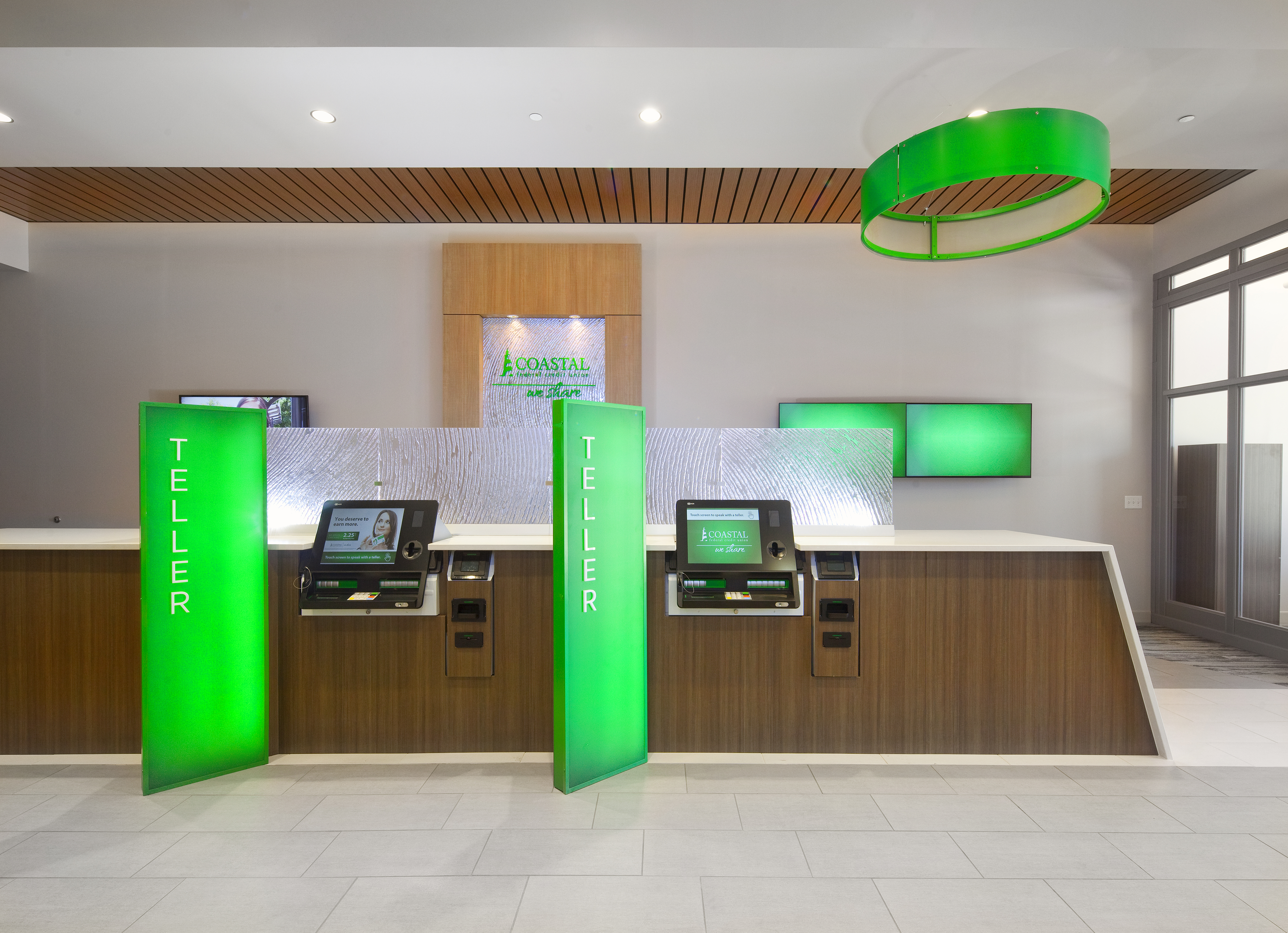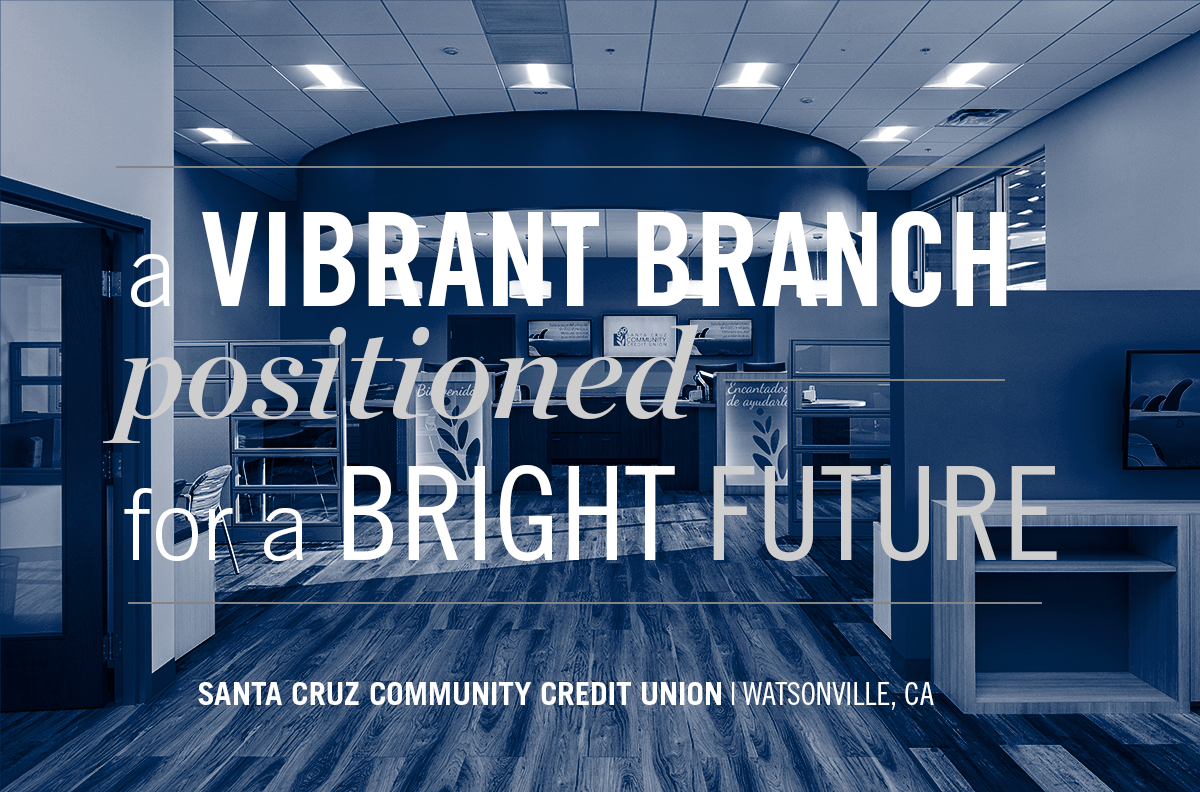By bringing these workers together under one roof into a clean, efficient, high-tech office space, banks and credit unions will be able to more efficiently handle day-to-day business operations.
The way we bank today is different than it was even five years ago.
Centralizing back-office functions like data processing, information systems, automated tellers, card processors, and human resource functions in an operations center creates efficiencies -- and drives effectiveness. When operations are split, and you have some backoffice functions at one branch, and some at another, your employees will likely be disconnected from the team members that matter most, resulting in ore time spent on even the simplest of tasks.
By bringing these workers together under one roof into a clean, efficient, high-tech office space, banks and credit unions will be able to more efficiently handle day-to-day business operations. ITM tellers will be able to handle more clients, even beyond the common 9-5 branch hours. Customer service will function as one centralized team, be better able to address customer needs, and organization leadership will be a step - instead of a Skype - away.
There are also a couple of important benefits of operations centers that are often overlooked. One such benefit: operations centers can create the right home for your servers. Often, servers are crammed into spaces that weren't designed for them, threatening security and the functionality of the equipment. A server room can be a key component of an operations center, and can be specifically designed to serve that purpose. This in turn enhances security, improves performance and increases the longevity of equipment.
Additionally, - and very importantly - an operations center is a great recruiting tool. Workers today want a modern, clean, and updated workspace with options like outdoor seating, places to eat lunch, and multi-functional meeting spaces. Moreover, as branches invest in new technology and services, significant training is necessary. An operations center can be a great way to attract new talent, and be a space to train new talent. Some banks and credit unions even opt to have mock lobbies constructed into their operations centers to provide trainees as close to a real-life experience as possible.








